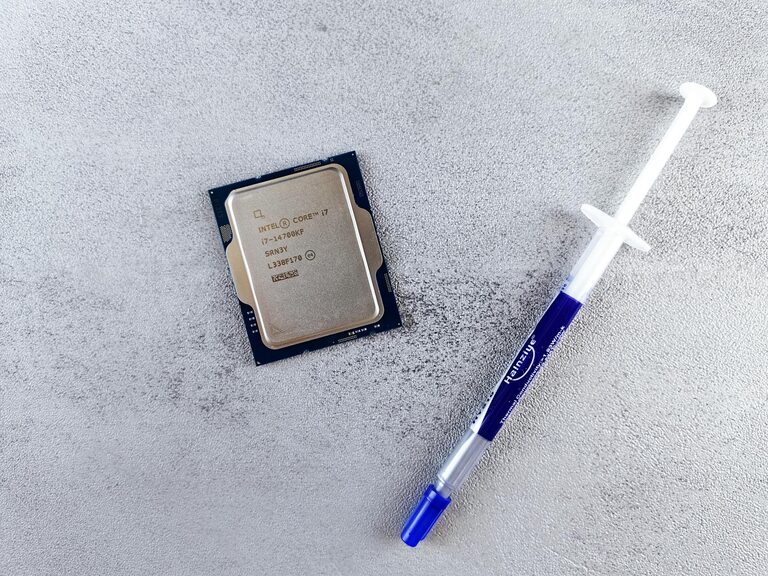
Beginner Tips for Taking Better Phone Photos Every Time
Photography has never been easier than with the phone cameras we carry every day. Whether you have the latest smartphone or an older model, you can take impressive photos by understanding a few basic principles and applying practical tips. If you’re new to phone photography or simply want to step up your game, this guide will help you capture better photos every time you pick up your phone.
Understand Your Phone Camera’s Features
Most modern smartphones offer a variety of settings and features that can enhance your photos. Spend some time exploring your camera app before heading out.
– Learn how to adjust focus and exposure: Tap on your screen where you want the focus. Many phones also allow you to slide up or down to change the exposure (brightness).
– Experiment with different modes: Try portrait mode for blurred backgrounds, panorama for wide shots, or night mode for low-light conditions.
– Use gridlines: Turning on gridlines helps you apply the “Rule of Thirds,” a classic photography composition technique that makes your photos more balanced and visually appealing.
Focus on Composition
Composition is the arrangement of visual elements in your photo. Good composition can turn a simple scene into an eye-catching image.
– Rule of Thirds: Imagine your screen divided into 9 equal parts by two horizontal and two vertical lines. Place your subject along these lines or at their intersections to create a pleasing balance.
– Leading Lines: Use natural lines such as roads, fences, or pathways to guide viewers’ eyes toward the subject.
– Symmetry and Patterns: Look for symmetrical scenes or repeating patterns, which can make striking and harmonious photos.
– Fill the Frame: Don’t be afraid to get close to your subject to remove distractions and emphasize important details.
Maximize Natural Light
Lighting is the most important factor in photography. Using natural light effectively can dramatically improve your photos.
– Shoot during golden hours: Early morning and late afternoon offer soft, warm light that enhances colors and textures.
– Avoid harsh midday sun: If possible, avoid shooting under direct overhead sunlight as it creates harsh shadows and highlights.
– Use shade to your advantage: If it’s too bright, move your subject to a shaded spot for even lighting without glare.
– Backlighting: Place a light source behind your subject to create a silhouette or highlight transparent objects. Just be sure to adjust exposure so your phone camera captures the details you want.
Keep Your Lens Clean
Your phone spends a lot of time in your pocket, bag, or on tables—dust, fingerprints, and smudges can blur your photos. A quick wipe with a microfiber cloth before shooting can make a noticeable difference in clarity.
Hold Your Phone Steady
Blurry photos often result from camera shake. Here are some ways to reduce it:
– Use both hands: Hold your phone with a firm grip using both hands.
– Lean on stable surfaces: Rest your elbows on a table or steady yourself against a wall.
– Use a tripod or phone stand: For more precise shots, especially in low light, a tripod can be invaluable.
– Use burst mode for action shots: Taking multiple shots in quick succession increases your chances of getting a sharp image.
Edit Your Photos Smartly
Editing can enhance your photos but be careful not to overdo it. Most smartphones have built-in editing tools that let you crop, adjust brightness, contrast, and color balance.
– Crop to improve composition: Sometimes cropping out distractions or changing the aspect ratio can help focus attention.
– Adjust brightness and contrast: Bring out details in shadows or highlights.
– Use filters sparingly: While filters can add mood, try subtle changes first to keep your photos looking natural.
– Consider third-party apps: Apps like Snapseed, Lightroom Mobile, or VSCO offer advanced editing tools accessible to beginners.
Experiment and Practice Regularly
The best way to improve is to practice as much as possible. Take photos of different subjects like landscapes, portraits, food, or street scenes. Try varying your angles, lighting, and settings.
– Challenge yourself: Set small photography challenges like shooting only in black and white or capturing reflections.
– Review and learn from your shots: Look back at your photos to see what worked well and what can be improved.
– Learn from others: Follow phone photography communities on social media or watch tutorials for new ideas and inspiration.
Know When to Use the Zoom
Most smartphones have digital zoom, which can degrade image quality. Instead of zooming in before you shoot, try to physically move closer to your subject. If your phone has an optical zoom lens, that’s a better option for closer shots.
Use HDR Mode for High Contrast Scenes
HDR (High Dynamic Range) takes multiple photos at different exposures and combines them to balance shadows and highlights. This is useful when you have bright skies and dark foregrounds in the same image. Try turning it on automatically or manually when appropriate.
—
By following these beginner tips, you’ll start seeing improvements in your phone photography right away. Remember, the best camera is the one you have with you, and with a little attention and creativity, your smartphone can capture memories and moments beautifully. Happy shooting!
